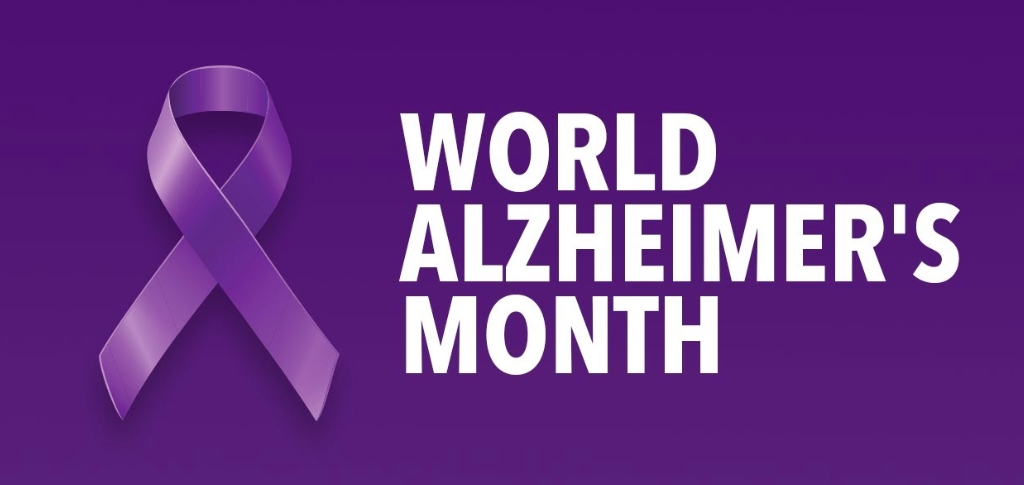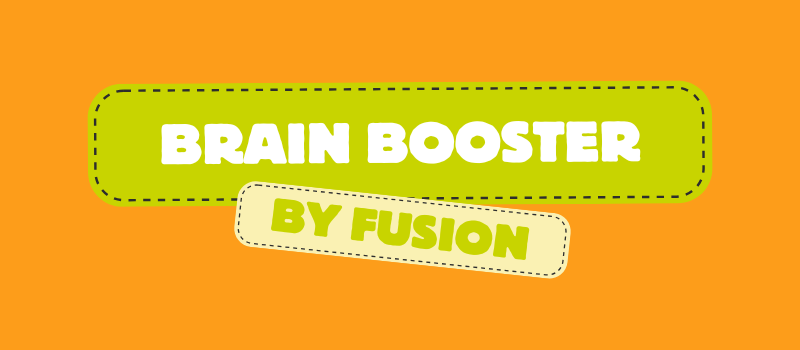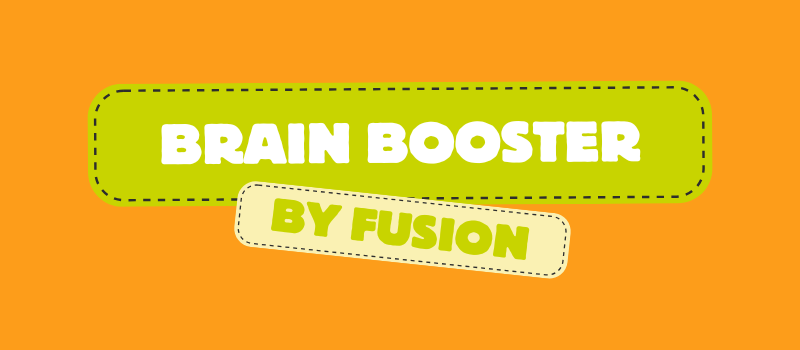Cost Savings in Residential Care Homes Through Digital Staff Management and Resident Invoicing Solutions
- 03 Feb 2025
- News
The residential care sector faces mounting financial pressures from escalating operational costs, staff shortages, and stringent regulatory requirements. To maintain high-quality care while controlling expenses, care homes must adopt cost-effective strategies. One of the most impactful approaches is implementing digital staff management and resident invoicing solutions. These technologies streamline administrative tasks, reduce errors, and improve financial sustainability. Here’s how digital transformation drives significant cost savings in residential care homes.
1. Streamlined Staff Management and Scheduling
Manual staff scheduling is time-consuming and prone to errors, leading to inefficiencies and increased labour costs. Digital staff management solutions help care homes:
Optimise Workforce Allocation: Automated scheduling aligns shifts with resident needs and staff availability, reducing unnecessary overtime expenses.
Reduce Administrative Burden: HR teams save hours previously spent on manual scheduling, allowing focus on critical operational tasks.
Enhance Compliance and Record-Keeping: Digital platforms ensure accurate documentation of shifts, qualifications, and training, mitigating the risk of regulatory penalties.
Real-World Example: A residential care home in Manchester reduced overtime costs by 20% after implementing an automated staff management system, which optimised shift allocations based on real-time staffing needs.
2. Enhanced Payroll Accuracy
Payroll errors can be costly, causing staff dissatisfaction and financial discrepancies. Integrated digital staff management systems improve payroll accuracy through:
Accurate Time Tracking: Automated timesheets minimise overpayments, time theft, and disputes.
Efficient Overtime Management: Real-time alerts notify managers when staff exceed standard hours, enabling proactive cost control.
Reduced Payroll Processing Time: Integration with payroll software eliminates manual calculations, enhancing efficiency and cutting administrative costs.
Case Study Insight: A London-based care facility reported a 30% reduction in payroll processing time after switching to a digital time-tracking and payroll integration system.
3. Efficient Resident Invoicing and Payment Processes
Traditional paper-based invoicing leads to delays, errors, and inefficiencies. Digital resident invoicing solutions offer multiple benefits:
Automated Billing: Generate accurate invoices based on real-time data, reducing risks of undercharging or overcharging.
Improved Cash Flow: Digital invoicing enables faster payments through automated reminders and online payment options.
Lower Administrative Costs: Minimise time spent on manual invoicing, payment tracking, and billing queries, allowing staff to focus on high-value activities.
Pro Tip: Implement automated payment reminders to reduce late payments and improve cash flow consistency.
4. Reduced Paperwork and Associated Costs
Going digital significantly cuts costs tied to paper-based documentation, such as printing, storage, and manual data entry. Benefits include:
Paperless Record-Keeping: Secure digital storage reduces physical filing needs and improves data accessibility.
Faster Audits and Compliance Reporting: Simplified digital records expedite audits and minimise compliance risks.
Environmental Sustainability: Reducing paper use supports green initiatives, aligning with modern sustainability goals.
Did You Know? Care homes that transition to digital documentation save an average of £5,000 annually on paper, printing, and storage costs.
5. Improved Data Security and Compliance
Protecting sensitive resident and staff data is critical. Digital solutions enhance data security and regulatory compliance through:
Secure Cloud Storage: Safeguard resident and financial data with robust backup systems.
Automated Compliance Tracking: Proactively flag compliance issues, ensuring up-to-date certifications and adherence to regulations.
Reduced Fraud Risks: Automated approvals and secure digital transactions enhance transparency and mitigate financial fraud.
Compliance Tip: Regularly audit your digital systems to ensure data protection protocols meet the latest GDPR standards.
Frequently Asked Questions (FAQs)
Conclusion
Investing in digital staff management and resident invoicing solutions is a strategic move for residential care homes aiming to reduce costs and boost efficiency. By streamlining scheduling, payroll, invoicing, and administrative operations, care homes can achieve substantial savings without compromising care quality. In today’s challenging financial landscape, digital transformation is not optional—it’s essential for long-term sustainability and success.
Considering a digital upgrade for your care home? Explore solutions tailored to your needs and secure the future of efficient, high-quality residential care.





